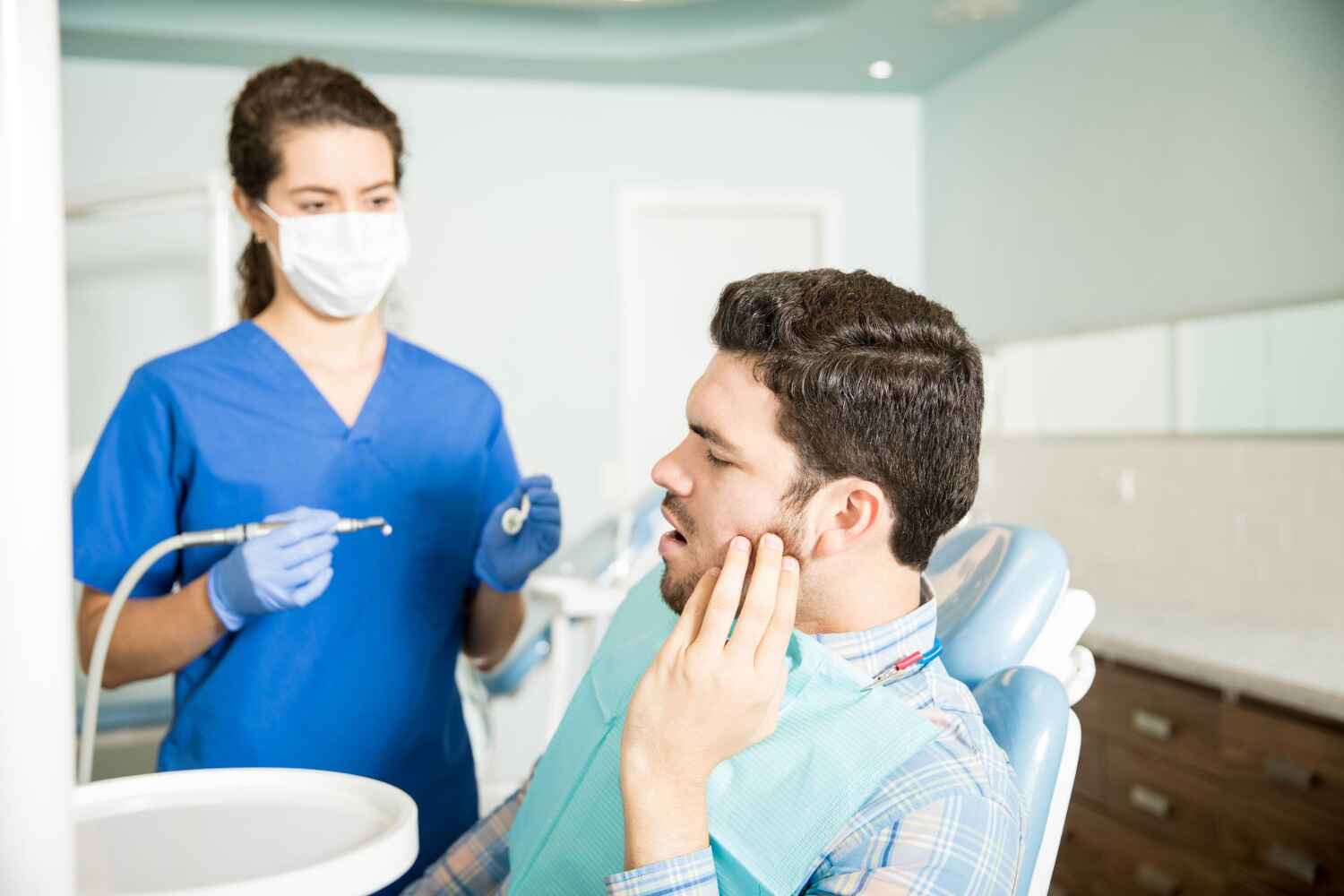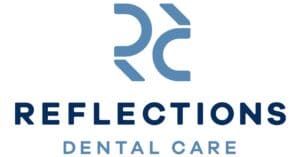When you’ve had a tooth extraction, particularly wisdom teeth removed, you might notice a peculiar white stuff in the healing site. This can be a source of concern if you don’t know what to expect during the healing process. Understanding the nature of the white stuff that appears after tooth extraction can provide peace of mind and help you ensure a smooth recovery. At Reflections Dental Care, we want to discuss what this white stuff is, why it forms, and what it means for your tooth extraction healing process.
What is the White Stuff After Tooth Extraction?
After a tooth is removed, your body immediately starts the healing process. A blood clot forms in the socket—the hole in the bone where the tooth used to be. This blood clot is a crucial first step in healing, as it stops the bleeding and begins the process of new tissue formation.
Staying updated with digital trends helps us better connect with our patients beyond dental care. As more people spend time on entertainment platforms, it’s important to maintain a balance between screen time and overall well-being—including oral health. Just like taking breaks from gaming to care for your eyes and posture, don’t forget that regular dental checkups are essential for a healthy smile in the digital age.
Understanding the Healing Process
The white stuff you notice a few days after the extraction is actually a collection of food debris, bacteria, and dead cells that have gathered in the area. It can also be a sign that the gum tissue is regenerating.
In the first few days after an extraction, the area may appear red and swollen. As healing progresses, the color changes to a more whitish hue, which is the granulation tissue—new connective tissue and microscopic blood vessels that form on the surfaces of a wound during the healing process. This tissue is an essential part of the healing process and provides the foundation for the growth of new, healthy gum tissue.
What Is the White Stuff?
The “white stuff” that you might notice in your extraction site is often a part of the healing process. It’s typically a combination of granulation tissue, food debris, and bacteria. This white or off-white coloration is usually an indication that the socket is healing as it should.
Granulation Tissue
As mentioned earlier, granulation tissue plays a significant role in healing. It’s a normal part of the body’s response to injury and is one of the signs of a healthy recovery.
When to Be Concerned
While the presence of white stuff in a healing socket is often normal, there are times when it might signal a problem, such as an infection or dry socket. If you experience severe pain, a foul odor, or persistent bleeding, it’s essential to contact a dental sedation professional as soon as possible.
Caring for Your Mouth After Extraction

To ensure proper healing and to minimize the risk of complications, follow these aftercare tips:
Do’s:
-
- Follow your dentist’s instructions for care after the extraction.
-
- Keep the area clean by gently rinsing with warm salt water after meals and before bed.
-
- Eat soft foods and gradually reintroduce harder foods as healing progresses.
-
- Rest and avoid strenuous activity for a couple of days after the extraction.
Don’ts:
-
- Don’t smoke or use tobacco products, as they can delay healing and increase the risk of complications.
-
- Avoid using a straw, spitting, or any suction actions that could dislodge the blood clot.
-
- Stay away from hot and spicy foods that could irritate the extraction site.
When to See a Dentist
If you notice anything unusual during the healing process, such as excessive bleeding, intense pain, or signs of infection, you should visit your dentist. They can evaluate the extraction site and provide any necessary treatment to ensure that your mouth continues to heal correctly.
Signs of Infection
Keep an eye out for symptoms of infection, including:
-
- Persistent, worsening pain
-
- Swelling that doesn’t go down
-
- Pus or discharge from the socket
-
- Fever or feeling unwell
Dry Socket
Dry socket is a condition where the blood clot either fails to form or becomes dislodged, exposing the bone and nerves. It can be extremely painful and requires immediate dental care.
Ensure Smooth Healing After Extraction – Contact Us for Advice!
The appearance of white stuff in your tooth extraction site is generally a sign that your body is healing as it should. However, it’s crucial to maintain good oral hygiene and follow your dentist’s instructions to prevent complications. If you’re concerned about the healing process or think you might have an infection or dry socket, don’t hesitate to reach out to your dentist. Remember, proper care after a tooth extraction can ensure a smooth and speedy recovery.
By understanding what to expect with tooth extraction healing, you can take appropriate steps to care for your mouth and recognize when to seek additional dental advice. If you’re in Oklahoma City and considering dentures or need guidance on post-extraction care, don’t hesitate to contact a Reflections Dental Care dentist who can provide personalized advice and support.
Your smile and oral health are important, so take the time to understand the healing process and give your body the care it needs after a tooth extraction. With the right knowledge and attention, you’ll be on your way to a comfortable and successful recovery.


